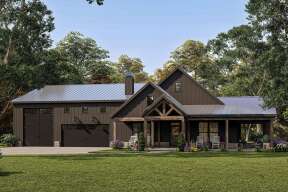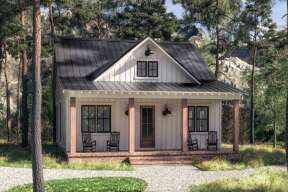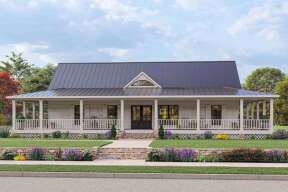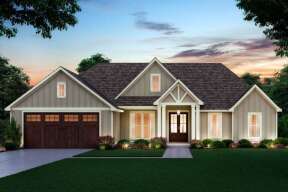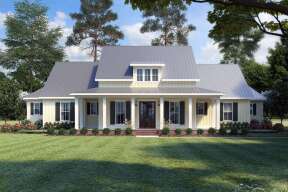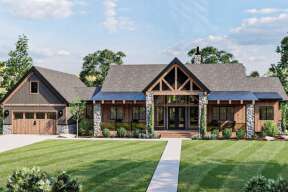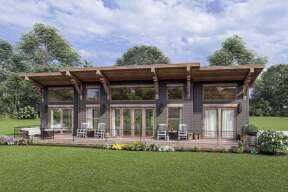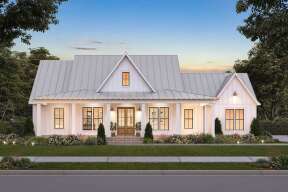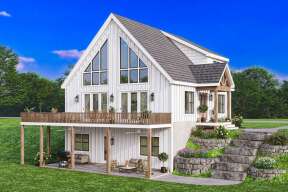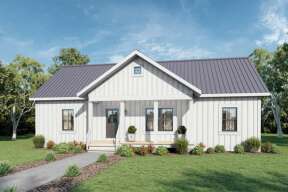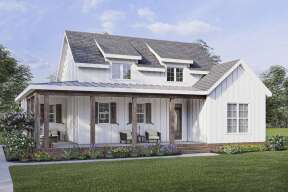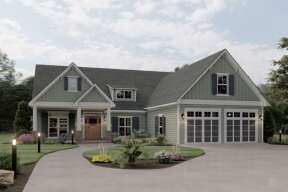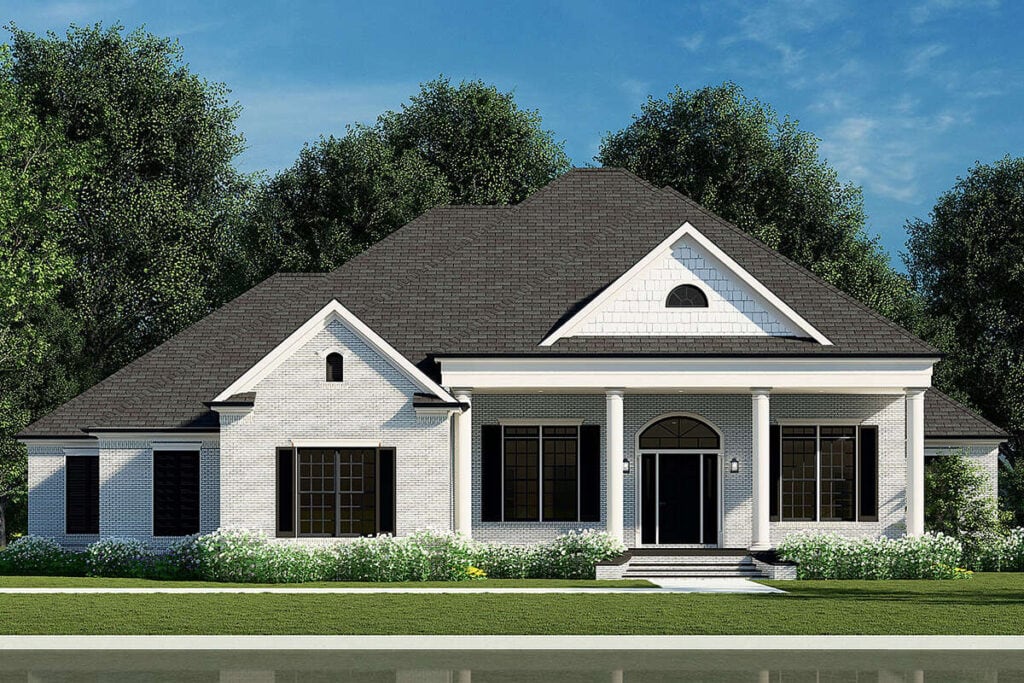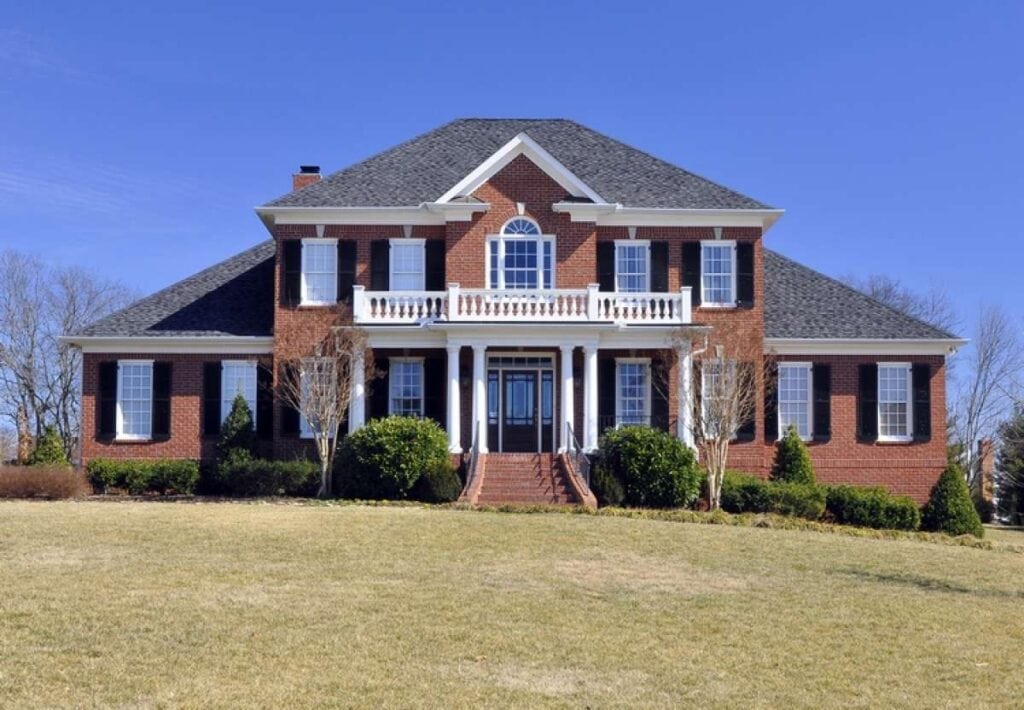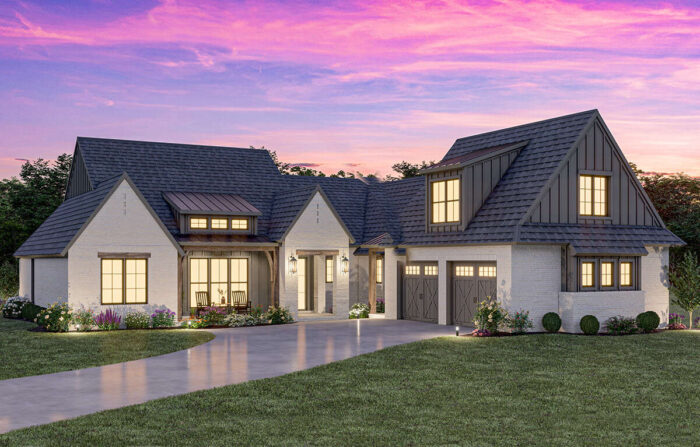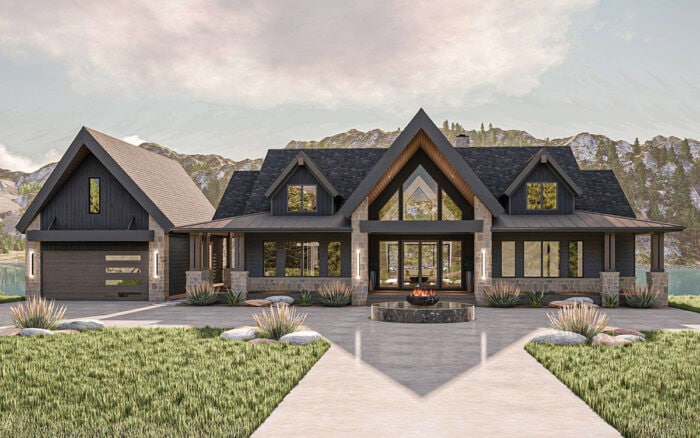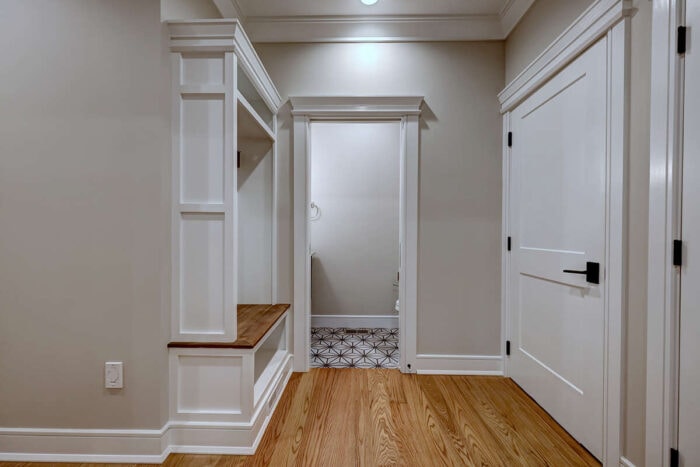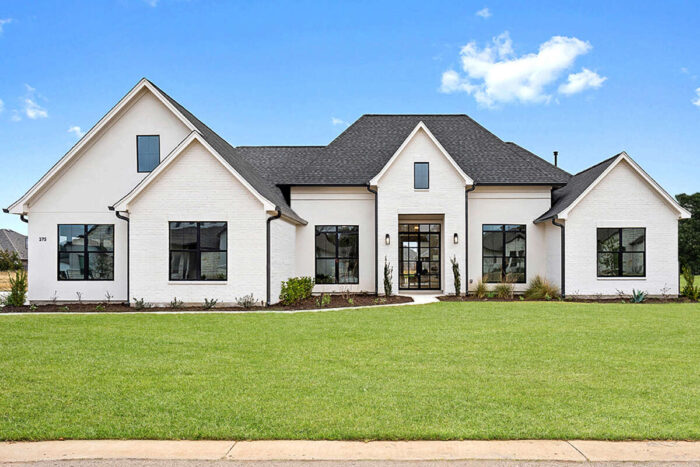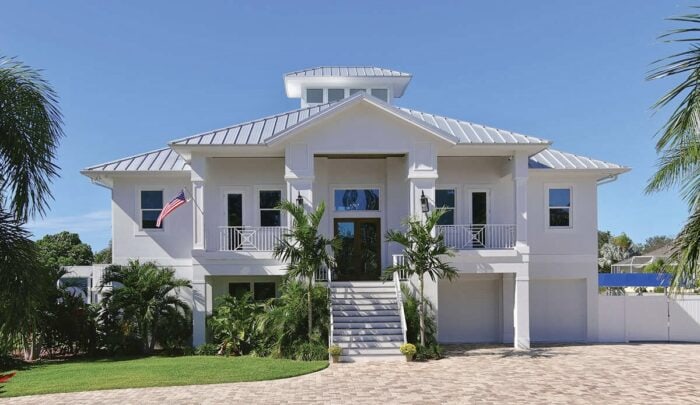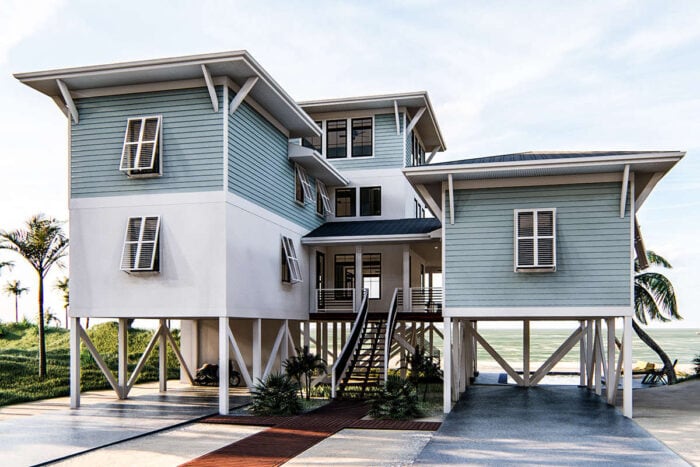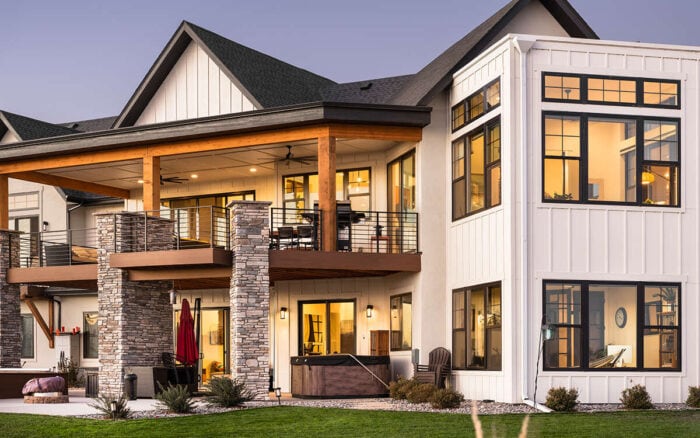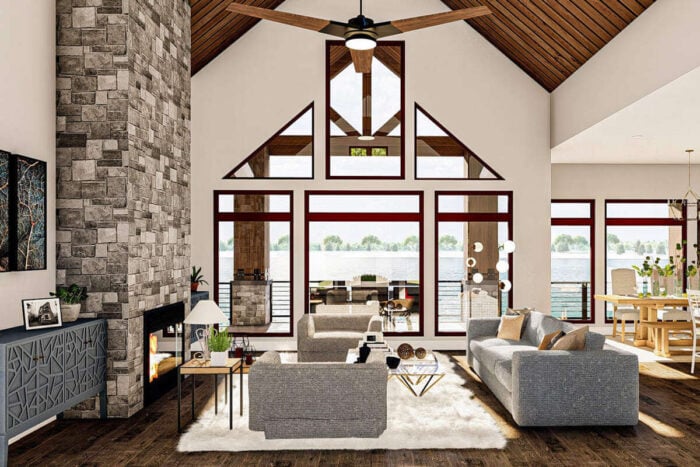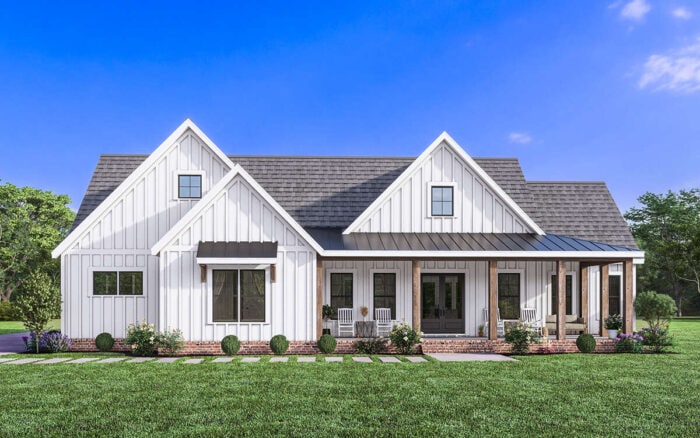- Shop
- Styles
- Collections
- Garage Plans
- Services
-
Services
- Cost To Build
- Modifications
- PRO Services
- Contact Us
- Learn
-
Collections
- New Plans
- Open Floor Plans
- Best Selling
- Exclusive Designs
- Basement
- In-Law Suites
- Accessory Dwelling Units
- Plans With Videos
- Plans With Photos
- Plans With 360 Virtual Tours
- Plans With Interior Images
- One Story House Plans
- Two Story House Plans
- See More Collections
-
Plans By Square Foot
- 1000 Sq. Ft. and under
- 1001-1500 Sq. Ft.
- 1501-2000 Sq. Ft.
- 2001-2500 Sq. Ft.
- 2501-3000 Sq. Ft.
- 3001-3500 Sq. Ft.
- 3501-4000 Sq. Ft.
- 4001-5000 Sq. Ft.
- 5001 Sq. Ft. and up
-
Recreation Plans
- Pool Houses
- Sheds
- Gazebos
- Workshops
-
Services
- Cost To Build
- Modifications
- PRO Services
- Contact Us
The Timeless Appeal of Colonial-Style Houses
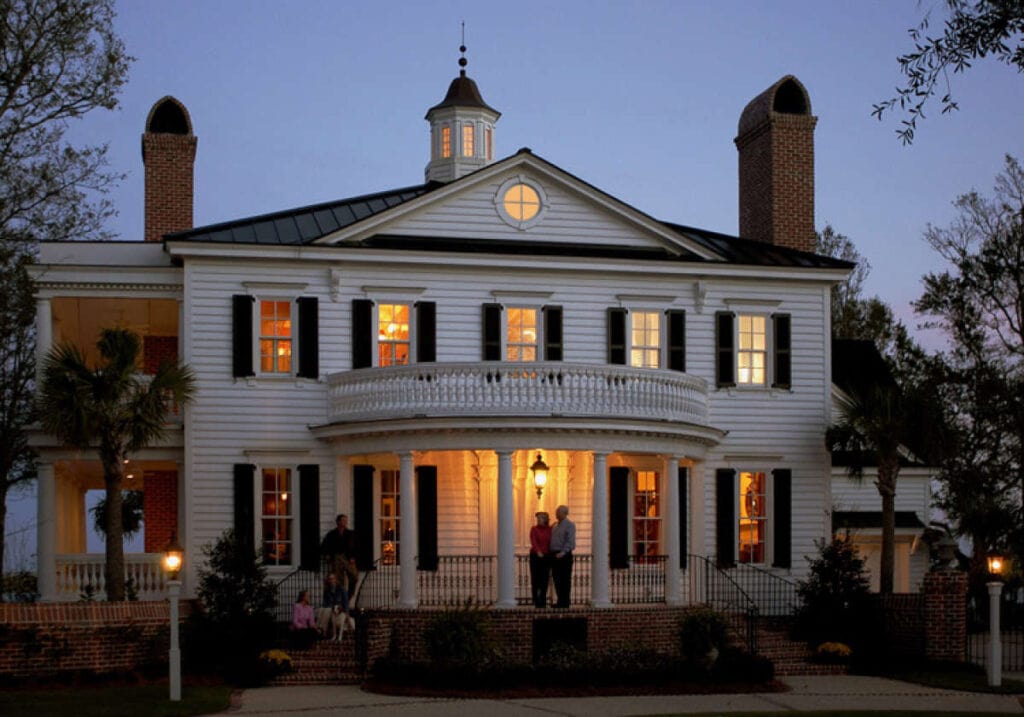
What is a Colonial Style House? Characteristics & Types
Explore the enduring elegance of Colonial-style houses. Uncover the distinctive characteristics, various types of these homes, and inspiring floor plans.
Colonial homes are well renowned for their deep architectural heritage in American culture. As these dashing homes have held a strong appeal throughout history, in this article, we’ll learn exactly why these homes have captured our hearts for centuries.
What is a Colonial-Style House?
The architectural beauty of Colonial-style homes can be dated back to European settlers who arrived in North America during the late 17th and 19th centuries. Colonial homes were primarily built in America at the time, blending various architectural influences from European countries. These European styles can now be accreted for the timeless elegance and symmetrical designs these homes possess. Colonial homes come in several subtypes, such as Georgian, Greek Revival, and Cape Cod, each with its own unique features and historical significance.
What Does a Colonial-Style House Look Like?
A colonial-style house is a testament to timeless elegance, characterized by its striking symmetry and refined details exuding a sense of grace. Colonial-style homes remain popular due to their comfortable interior layout and simple exterior facade. The facade of these homes is easily recognized by their brick or wood siding, standing tall with a classic and simple essence. Typically, these rectangular homes feature a large, pitched roof, central entryways, and evenly spaced windows on either side. Colonial homes attribute neutral color palettes, presenting a clean and exemplary exterior. While variations exist depending on the specific regional influences or time period, the colonial style is characterized by its enduring commitment to classic, well-proportioned design, making it a beloved and instantly recognizable architectural genre across the United States.
What is The Most Common Colonial-Style House?
The most common colonial-style home, and arguably the quintessential representation of colonial architecture, is the Colonial Revival. The Colonial Revival style has a timeless and elegant appeal that has made it a staple of suburban and rural landscapes across the United States. As this style of colonial home is the most well-known, it typically features all the characteristics previously listed: large symmetrical windows and steep-pitched roofs constructed with brick or wood. Another common feature in these homes is gabled dormers and chimney stacks, adding even more charm to the colonial style.
What Are The Characteristics of Colonial-Style Houses?
Colonial-style houses, a category that encompasses several distinct architectural subtypes, share several defining characteristics that collectively evoke the historic charm of early American homes. Colonial homes commonly have 2-3 stories, all of which are comfortable and balanced levels. The bedrooms usually reside on the upper levels of the home, while living spaces and kitchens are on the lowest. Although the idea of colonial homes may seem extravagant, the homes actually focus on minimalistic color schemes and uncomplicated geometric lines. Additionally, these homes have columns, mostly for an extra decorative touch, but at times, they’re there to support covered front porches. The characteristics of these homes are the reasons for their timeless appeal.
Are Colonial Homes Still Popular?
Colonial-style homes have remained popular throughout the years and will continue to do so. Despite the age of these homes, they continue to adapt to modern ideals, allowing them to be adored by homeowners today. The enduring popularity of these homes can be attributed to their versatility, as you can find them in historical cities or in the suburbs. Whether someone is a historical enthusiast or one who can appreciate the historical significance, these homes appeal to individuals from all walks of life.
Do Colonial Houses have Attics?
In traditional colonial architecture, attics were often utilized as functional spaces for storage. Thanks to the steeply pitched roofs on these homes, the attics were reasonably roomy. As time passed, the function of attics in colonial homes evolved. In special cases, the attics of these homes have been turned into additional bedrooms, offices, or living spaces, allowing homeowners to maximize their square footage. Today, whether as storage spaces or extra living areas, attics remain a distinctive feature of many colonial-style homes, adding to their character and versatility.
What are The Benefits of a Colonial House?
Colonial houses offer a host of benefits that have kept them favored by homeowners for centuries. One of the key advantages of these homes lies in a timeless and elegant design. While these homes are rich in history, they have the ability to adapt to modern necessities, making them a key in architectural designs. The layout of these homes features well-defined living spaces, allowing them to stay uncluttered and clean. Moreover, colonial houses are typically made from durable materials like brick or wood, which can withstand the test of time when properly maintained. Whether it’s the sense of tradition, the well-structured layouts, or the enduring appeal of their design, Colonial houses continue to be cherished homes for countless individuals and families.
In conclusion, Colonial houses are more than just architectural structures; they are living pieces of history that continue to captivate and inspire. The timeless appeal of these homes allows for them to never go out of style and stand out as a testament to history. While we appreciate the history, endurance, and versatility of these homes, we’re able to recognize the enduring legacy of these architectural gems.

Brandon Hall
Our "go to guy" and company expert, Brandon is the visionary and dreamer of all we do here at America's Best House Plans. He manages quality assurance, audits existing processes for maximum effectiveness, and develops strategies to increase productivity and efficiency. With over 15 years experience in the home design industry, Brandon has a hand in every aspect of the day-to-day operations of our company, in addition to ensuring an unparalleled level of service to our customers.
Related Articles
April 10, 2024
/Brandon Hall
Courtyard Entry House Plans
We all know that first impressions when meeting new people are important. What about the first impre …

March 29, 2024
/Brandon C Hall
Featured Style: Mountain and Mountain Rustic House Plans
Whether you’re searching for the perfect house plan to utilize as a vacation property or for a pri …

March 21, 2024
/Brandon C Hall
Why Choose a House Plan with a Mudroom?
Sometimes, it really is the little things that make a house a home. When choosing the right house pl …

March 12, 2024
/Brandon Hall
Featured House Plan Style: Modern
Are you looking to build a beautiful home with an open, minimalist bent on design? What are your val …

March 3, 2024
/Brandon C Hall
Find Your Perfect Vacation House Plan
Have you set your sights on having a vacation home in the near future? Owning a simple, peaceful vac …

January 28, 2024
/Brandon C Hall
Modern Beach House Designs with Waves of Style
With these Modern Beach houses, we’re riding the wave of inspiration and bringing you a taste …

January 19, 2024
/Brandon C Hall
Do You Need A Basement In Your New House Plan?
What are the benefits of basements? Basements can create additional living areas, space to entertain …

November 20, 2023
/Brandon C Hall
How Much Does it Cost to Vault a Ceiling?
Learn about the expenses of building a new home with vaulted ceilings or adding a vaulted cei …

October 27, 2023
/Brandon C Hall
House Design Ideas for Many Styles
In the diverse world of home design, one style certainly doesn’t suit all. Personalities and prefe …

HOUSE PLANS
SERVICES
Enter your email to receive exclusive content straight to your inbox



